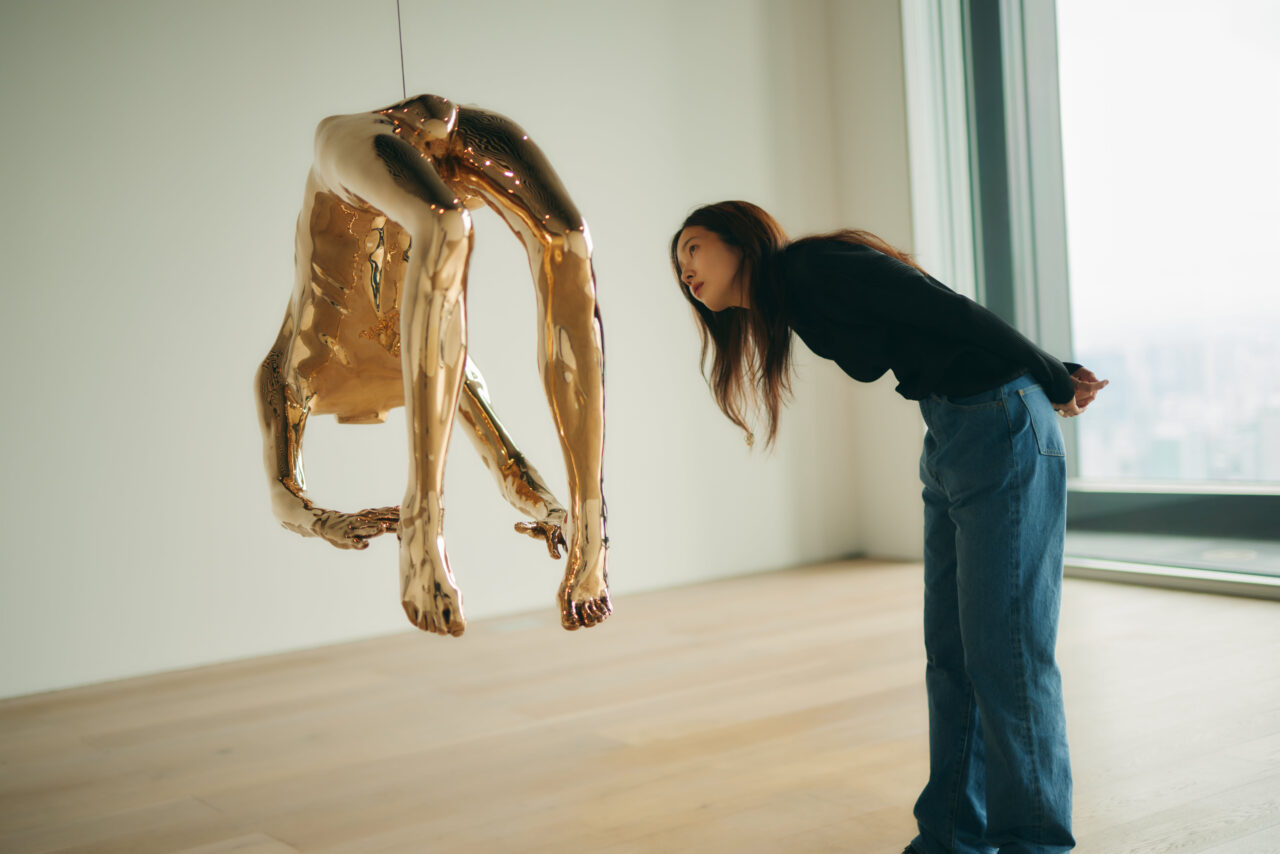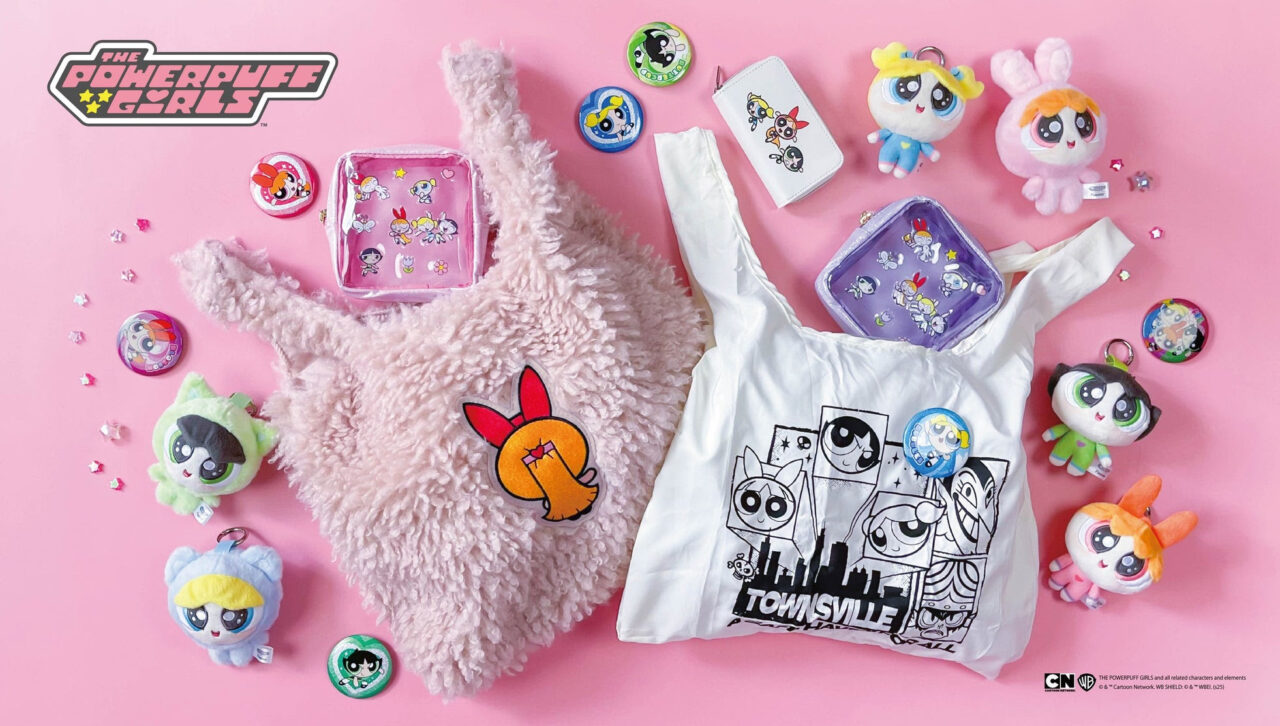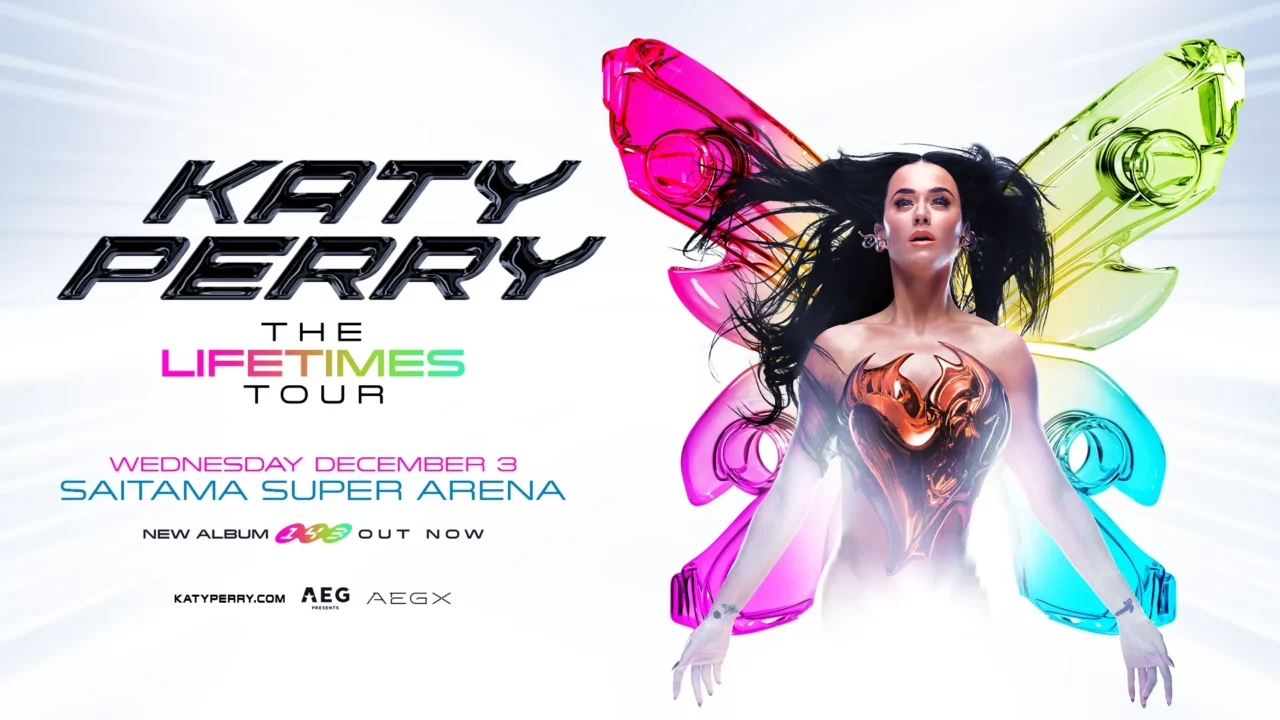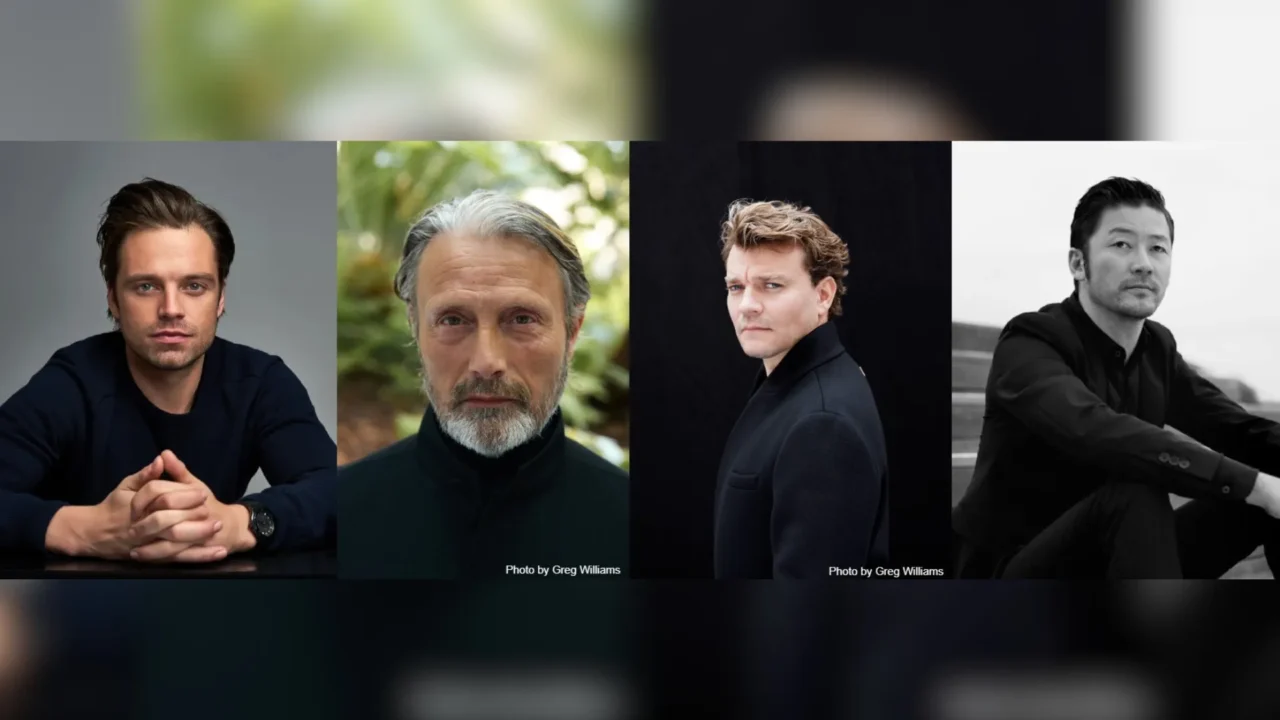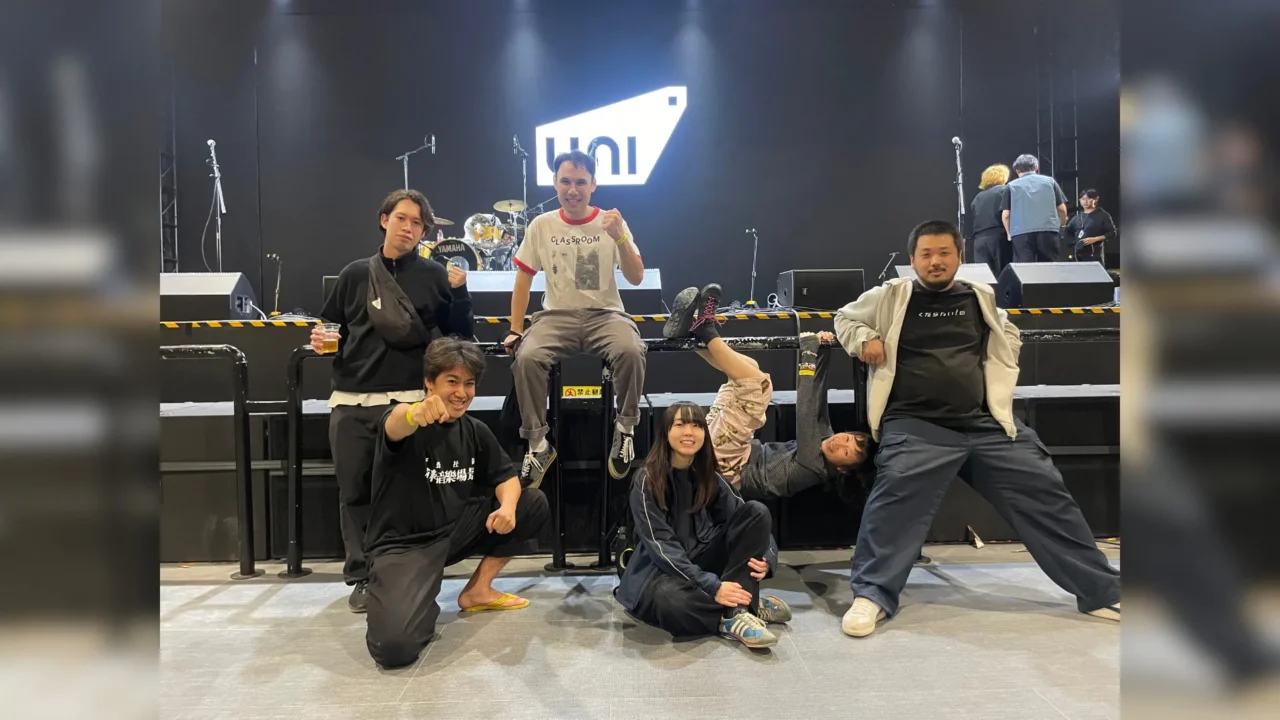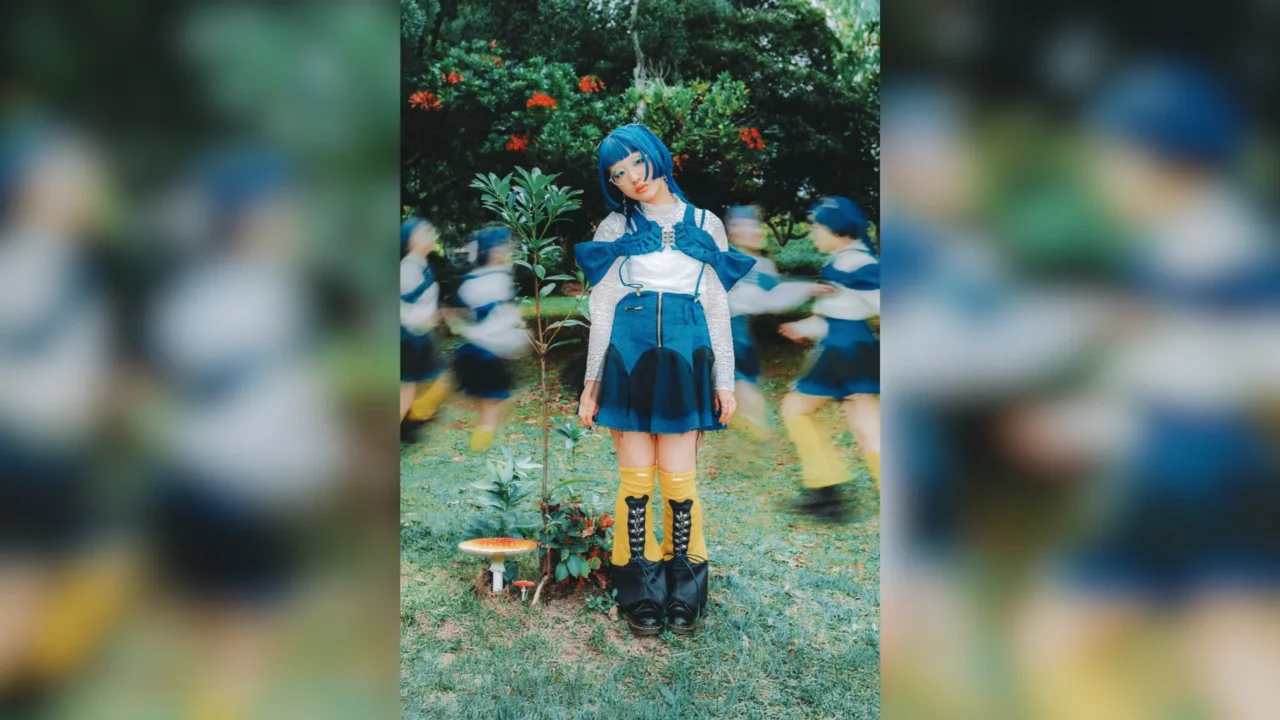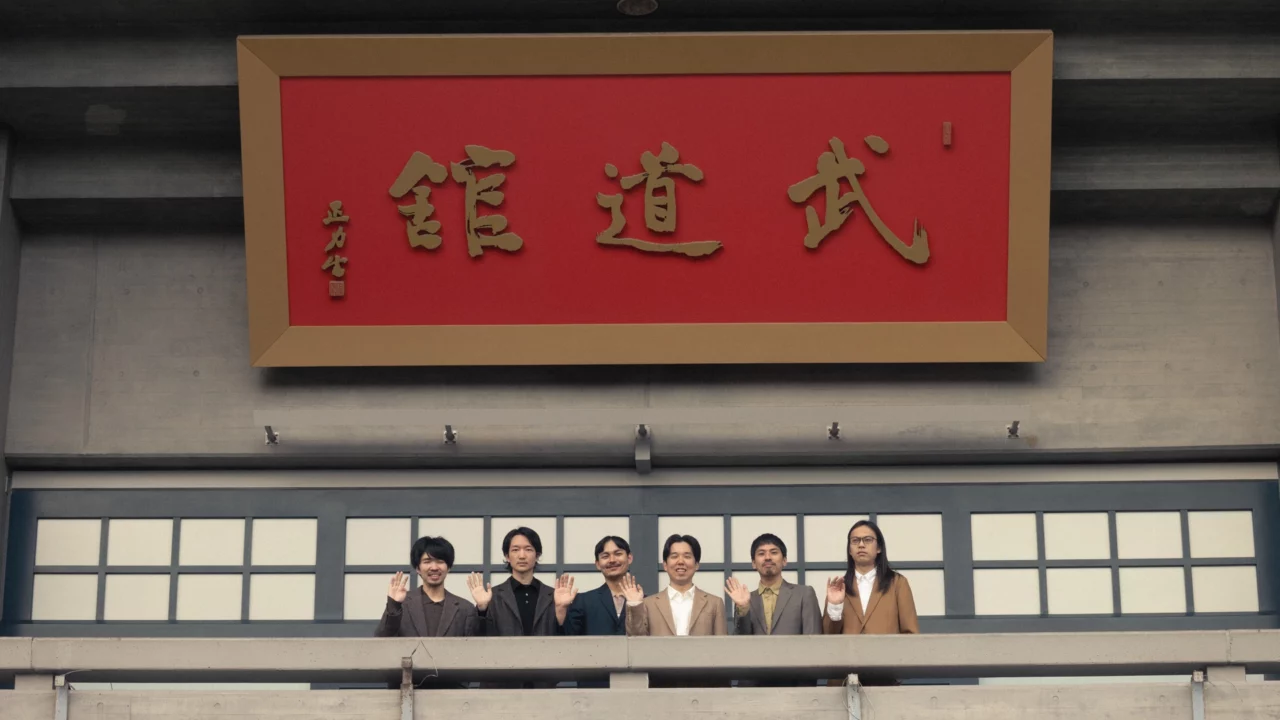Art Week Tokyo (AWT) will take place from November 7–10, offering a chance to bridge the gap between everyday life and art. With 53 museums and galleries across Tokyo participating, a free shuttle bus will connect venues and program locations, open to all.
This time, we visited the “Louise Bourgeois: Just to Let You Know, It Was Wonderful” exhibition at the Mori Art Museum with haru., the creative director of the lingerie brand HEAP and head of HUG.
Through projects like “HIGH(er) magazine” and the podcast “‘Take me high(er)’”, haru. has sparked conversations on culture and social issues, blending them into daily life. We chatted about the connection between life and art, and haru. also shared their thoughts on AWT’s participating venues and a recommended route.
INDEX
Finding Resonance in Creation to Endure Hell
You mentioned that you were already interested in this exhibition. How did you feel after experiencing it?
haru.: While I recognize that the “hell” Louise Bourgeois experienced is different from the challenges we face today, visiting the exhibition made me realize that maybe they’re not so different after all. I’m turning 30 soon, and a lot of my friends around my age often talk about things like whether or not to get married, navigating independence, or dealing with imbalanced relationships with their partners.

Creative Director. Born in 1995, haru. grew up between Japan and Germany. During their student years, they founded the independent magazine HIGH(er)magazine, serving as the editor-in-chief. In 2019, haru. established HUG Inc., where they expanded into creative direction and content production. In April 2024, haru. will launch the innerwear brand “HEAP” as its Creative Director. They will also revive HIGH(er)magazine as a concept magazine for the brand, marking its return after a five-year hiatus. Two collections will be released annually.
The themes of Louise’s relationships with her parents, the people around her, and mental health issues, which can also be read through a feminist lens, still feel incredibly relevant today.
haru.: “Hell” is actually a theme that’s been on my mind lately. In April 2024, I launched an innerwear brand called “HEAP,” and on November 1st, we released a collection titled “Bride of Hell” in collaboration with dress designer Hana Yagi. Hana creates pieces by deconstructing discarded wedding dresses that have been stained or damaged. The concept of “a dress that bleeds and comes back to life” has a lot of backstory behind it. As we worked together on creating the items, we were reflecting on how to survive through hell and how to translate that into our creations, so it was really meaningful to visit the exhibition today.

The spider-themed works, including Maman installed outdoors at Roppongi Hills, are said to carry the meaning of mending wounds with thread, so I feel there’s a shared sense with what you just mentioned.

haru.: The spider had a smooth, sleek image for me at first, but upon revisiting it, I noticed that its texture was still preserved. The fabric works, too, were striking because they left stitching marks on the surface, almost like scars. I think her parents’ influence, running a tapestry gallery and a restoration studio, played a role in that. It feels as though she’s piecing together various fragments within her, and I could really sense a deep determination in her work—this unwavering resolve of “I will not forget.” The sculpture of the head with its tongue sticking out also had pieces of red fabric stitched together in slightly different shades, and the fact that the face wasn’t perfectly smooth seemed to hold some significance. It was nice to be able to notice such details.
INDEX
Using Familiar Tools for Clearer Communication
The head portrait was titled “Cell X (Portrait) (*),” wasn’t it?
haru.: I don’t really see myself as an artist, but since I create works using selfies, I felt a sensory connection to it.
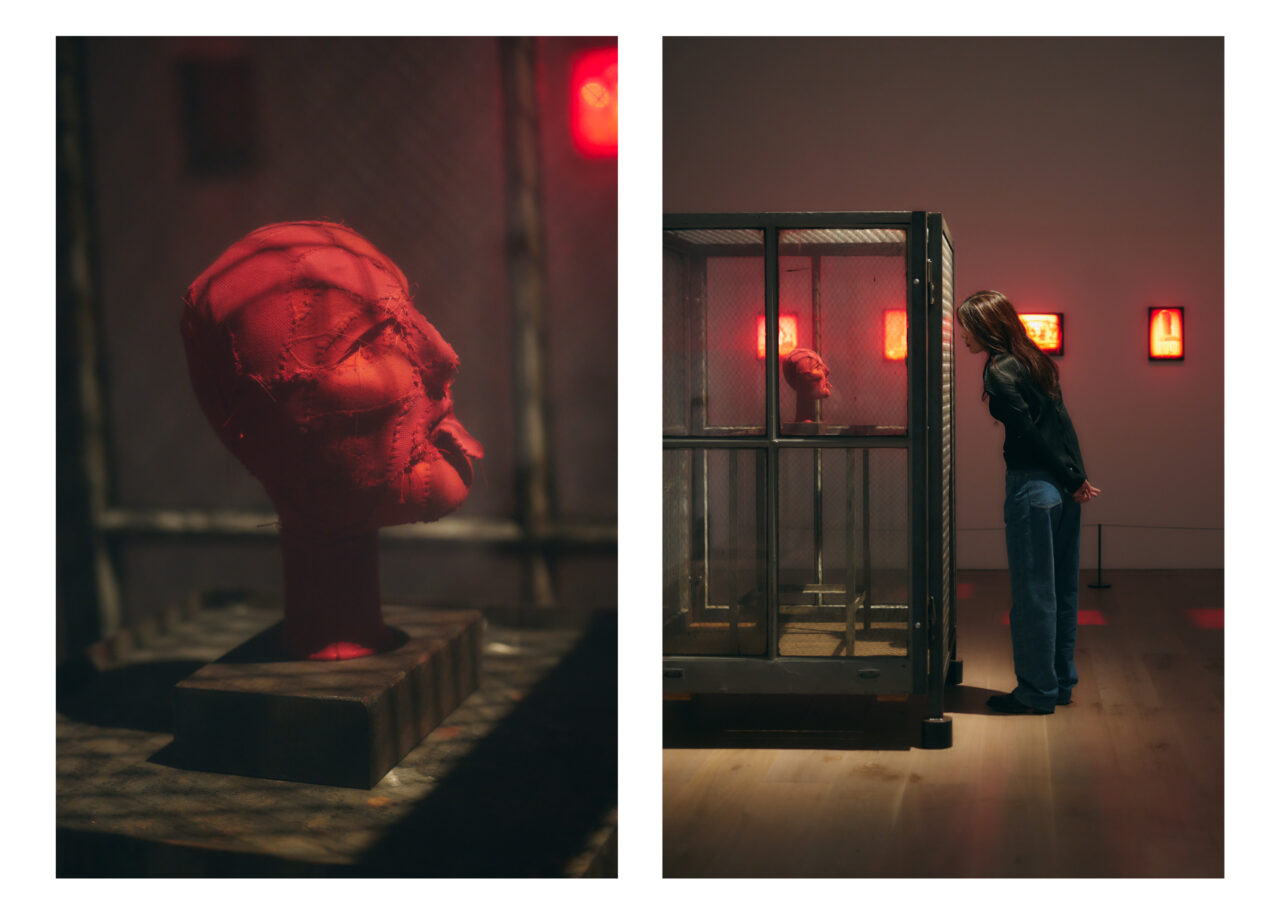
Why do you use selfies as a medium?
haru.: When women living in the present create something to convey a message, I feel that if the method is too distant, it becomes harder to communicate. I also think it’s important that the process is something easily accessible to me. So, I created a series of works where I embroider words on fabric scraps and wear them, taking selfies. The embroidery becomes reversed in the photo, making the words readable. When I question what’s considered “normal,” I unintentionally end up using very familiar tools.
The subtitle of this exhibition, “Untitled (Back from Hell),” also features a work where you embroidered on your late husband’s handkerchief, a familiar material.
haru.: I think it’s pretty intense to stitch on something so personal, like my late husband’s handkerchief [laughs]. It was a piece I was really looking forward to seeing in person.
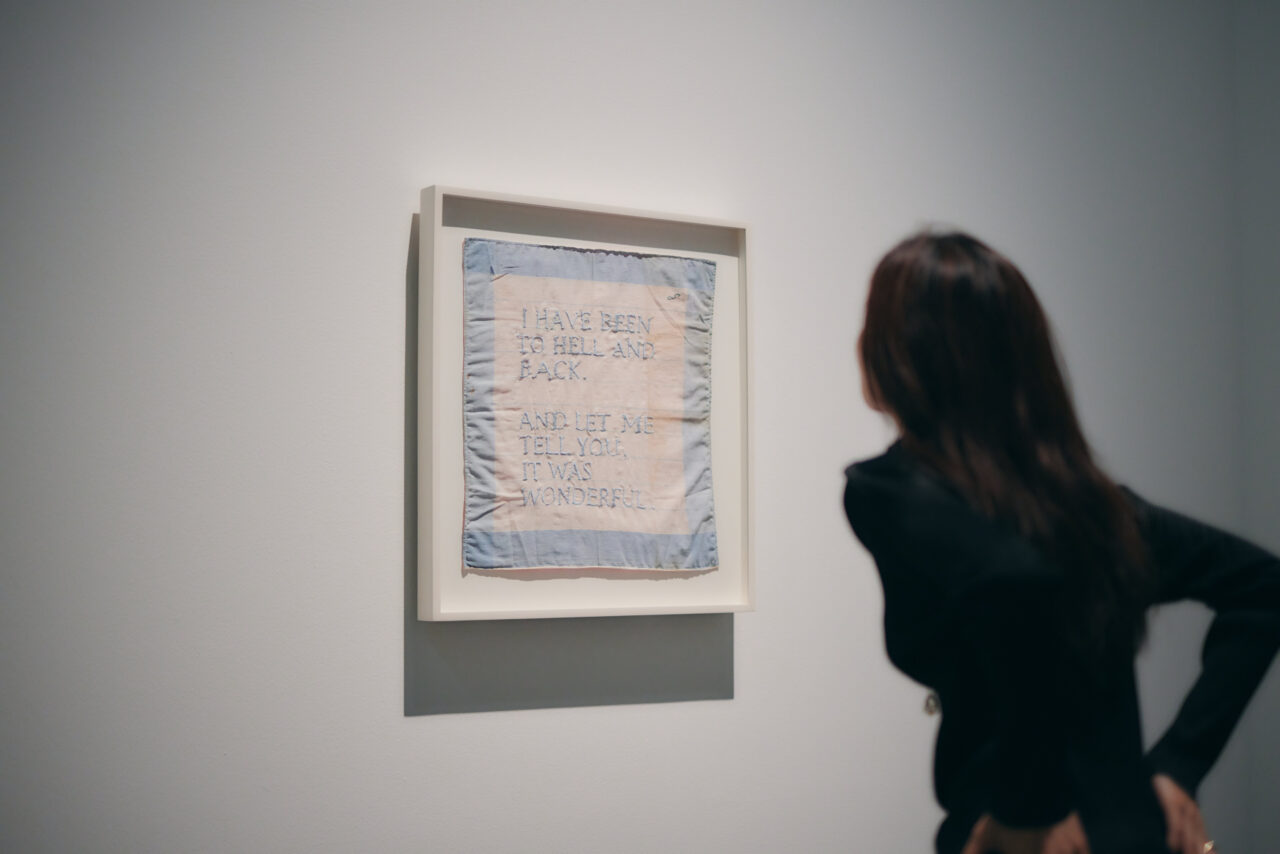
It seems that half of the works displayed, including “Untitled (I Have Been to Hell and Back),” were created after Louise Bourgeois turned 80, and I’m overwhelmed by the energy she continued to produce art with at that age.
haru.: I feel that the anger and sadness that drove her at that age were likely a result of the immense damage she experienced throughout her life. For me, too, I often feel that the words of politicians and the state of society make it hard to feel hopeful. Of course, there are many happy moments every day, but there’s always some lingering anxiety. The motivation to create driven by anxiety and anger is something I deeply relate to.
Even though the origins may differ, emotions like anxiety and anger are feelings that are very familiar to us living in the present.
haru.: Anxiety and anger are often dismissed or underestimated, and we’re expected to just accept them as “how things are.” But when I look at this exhibition, I realize that the emotions Bourgeois dealt with aren’t that far from our own, and I think it’s important to recognize that those feelings are worth talking about. I believe I go to art to find some kind of response or hint to help me answer questions like, “Is the conflict and anger I feel really my fault, or is it something I must accept?
